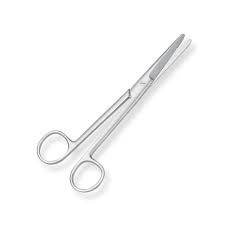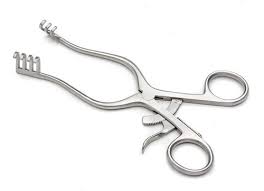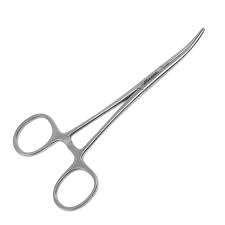KELLY FORCEP
Category
Tools
Sub-Category
Other Tools
Completed orders
0
Price
$2.00
Delivery Cost
$1.00
Minimum Order
100
pieces
Location
PO BOX SIALKOT CANTT V/HEER, , ,
- What they are: A staple surgical instrument with serrated jaws and a ratchet lock, used to grasp, clamp, and hold tissues or blood vessels.
- Key design: Available in straight and curved versions (5–6 inches long) with finger‑ring handles for a secure grip.
- Main uses: Control bleeding (hemostasis), manipulate heavy tissue, and serve as a “third hand” in procedures ranging from general surgery to orthopedics and veterinary work.
- Materials: Premium German stainless steel (or economy stainless) for durability and corrosion resistance.
- Specialty variants: “Baby” or “mosquito” sizes for delicate work, Halsted‑Kelly with a deeper curve for deeper sites.
- Why they matter: The locking mechanism reduces hand fatigue, while the serrated jaws provide a firm grip without damaging tissue—making them essential in operating rooms, emergency settings, and dental procedures.
Company Rating

Overall Rating
Description Rating
Delivery time
Contact
Professionalism
You may like this

MAYO SCISSOR
Price: $1.50 per piece

Weitlaner Retractor
Price: $3.00 per piece


